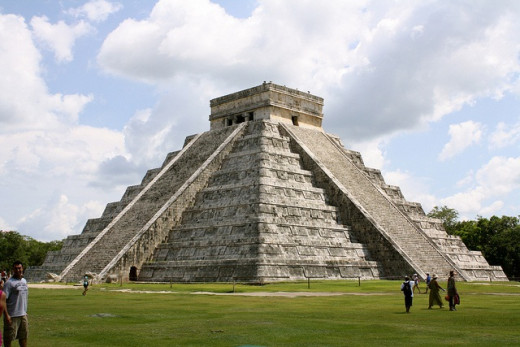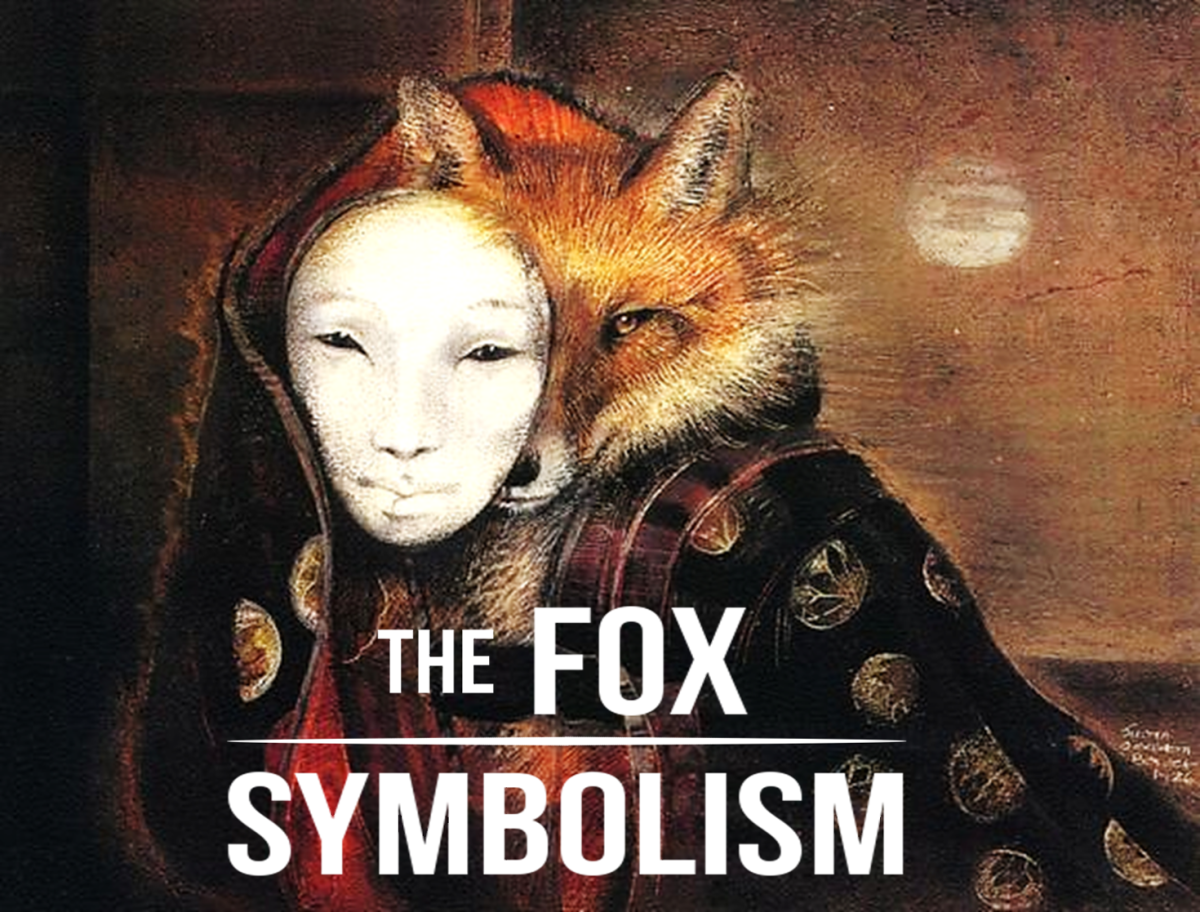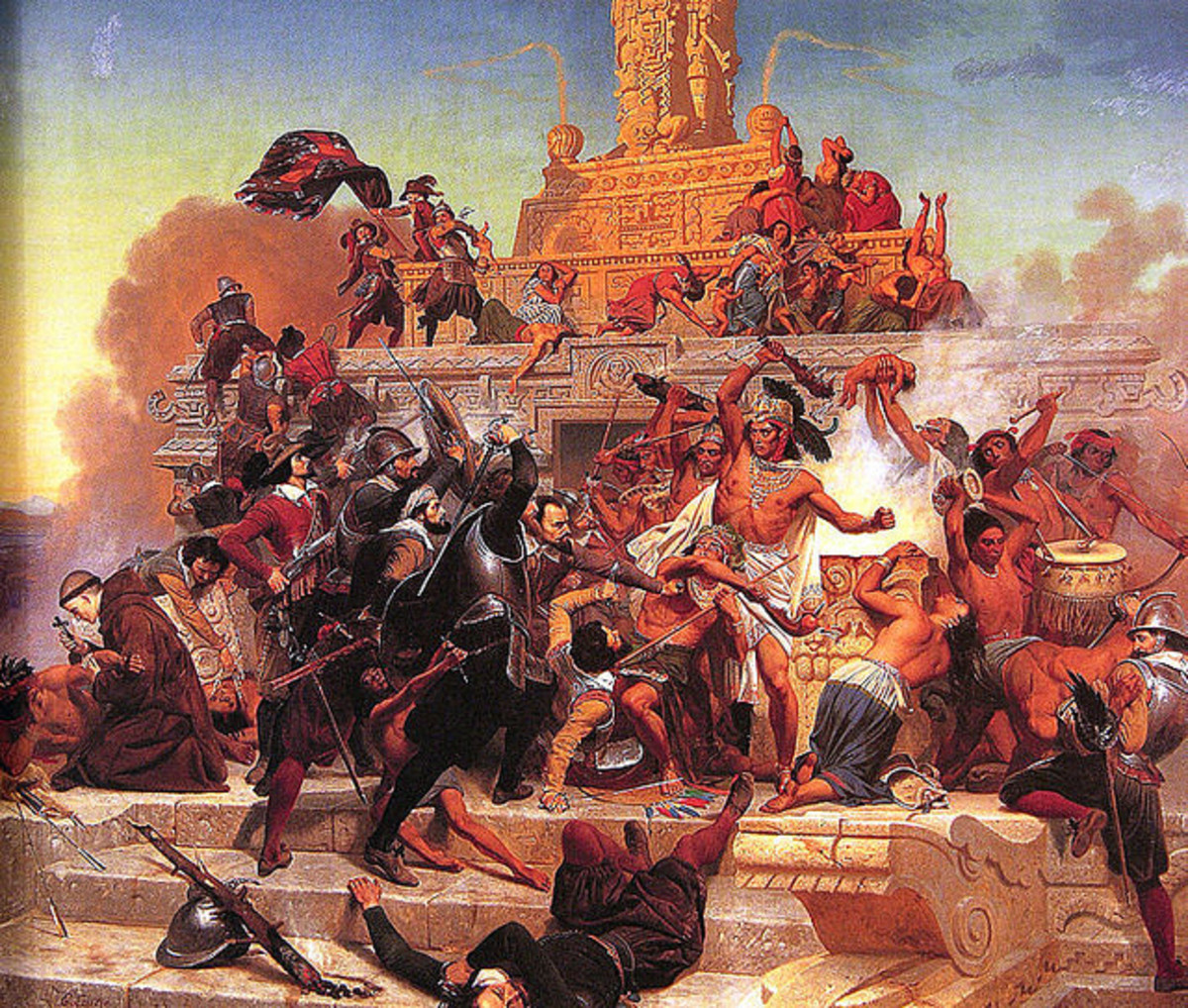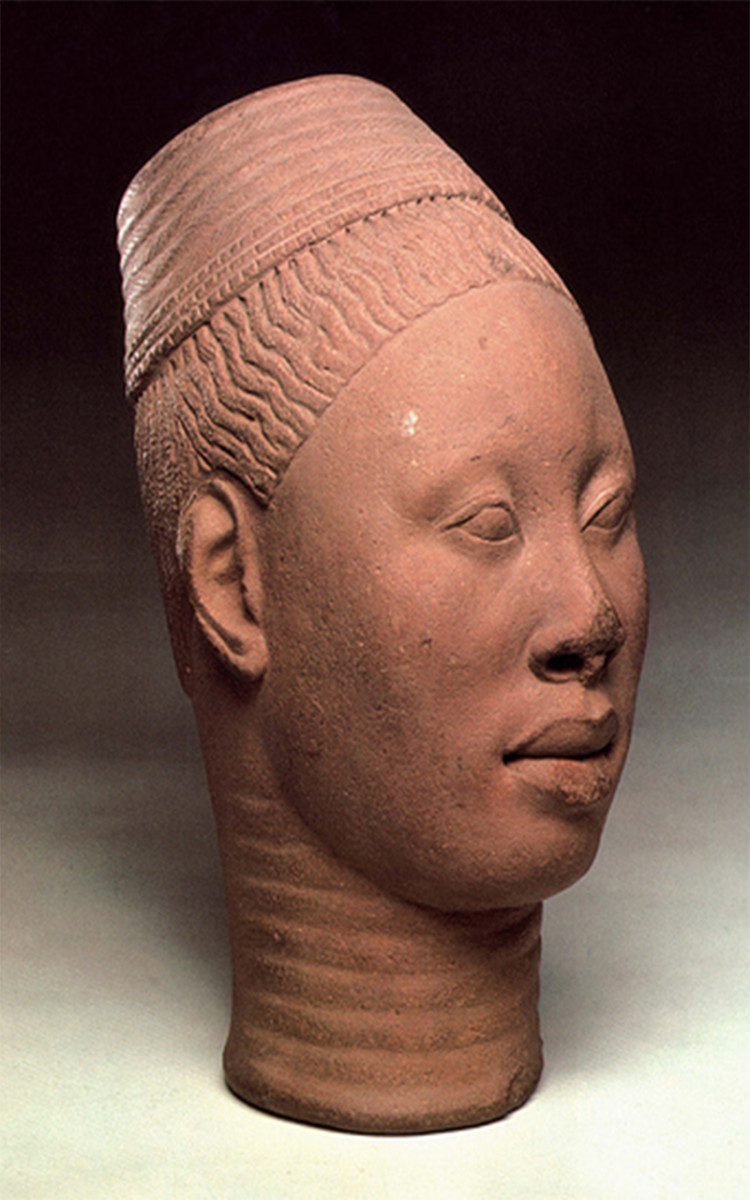- HubPages»
- Education and Science»
- History & Archaeology»
- History of the Americas
The Mayans and The Aztecs

Mayan and Aztec civilizations were two of the largest empires in Latin America. There are many similarities between the two different mythologies. They both grew corn, placed a lot of importance on sacrifice, and had similar creation myths. In this article, we are going to discuss the theories about why there are so many similarities between the mythologies of two cultures that were so distinct.
One of the first theories about why Mayan and Aztec mythology are so similar is that they must have descended from the same group of people. That is, some anthropologists believe that since they share all this mythology, they must have once been part of the same tribe that just split up at different points. But, there is a lot of evidence that refutes this theory.
First, anthropologists have been able to reconstruct hundreds of years of history for the Mayans by studying the architecture and tools they left behind. In fact, they estimate that the Mayan civilization got started somewhere around 1800 BCE. Aztec civilization, meanwhile, dates back only seven hundred years. The exact origin of either culture has still not been determined, but it is certain that these two civilizations probably came from two distinct times, though they existed at the same time for a while.
Another theory about why their mythologies are so similar is that the Mayans and the Aztecs inhabited completely different territories. The Mayans were found in the western and southern parts of Mexico, as well as Belize, Guatemala and El Salvador. The Aztecs, on the other hand, lived in Central Mexico. But they did come into contact quite frequently. There was some trade between the Mayans and the Aztecs, and it is believed that in the course of these negotiations, some of their beliefs were transferred. This could easily account for why sometimes archeologists will find statuettes of Mayan gods in Aztec territory or vice versa.
Another significant fact is that even if they inhabited different territories, both cultures moved around over a large expanse of land. It means that they probably ended up seeing a lot of same landscapes while they wandered around. They were both affected similarly by seeing the same landscape since the mythology of any culture is influenced by the world around them.
© 2013 Seckin Esen








